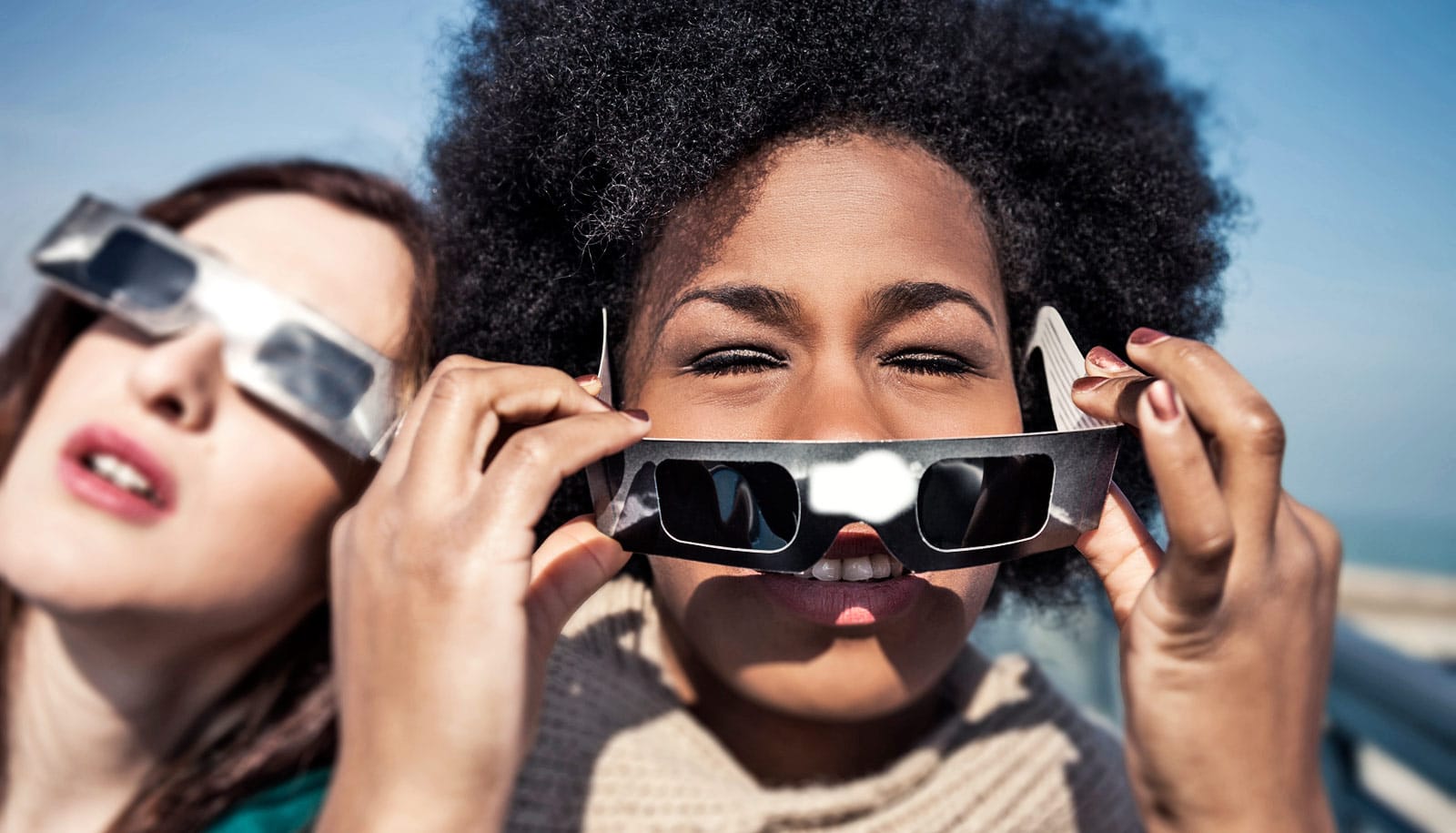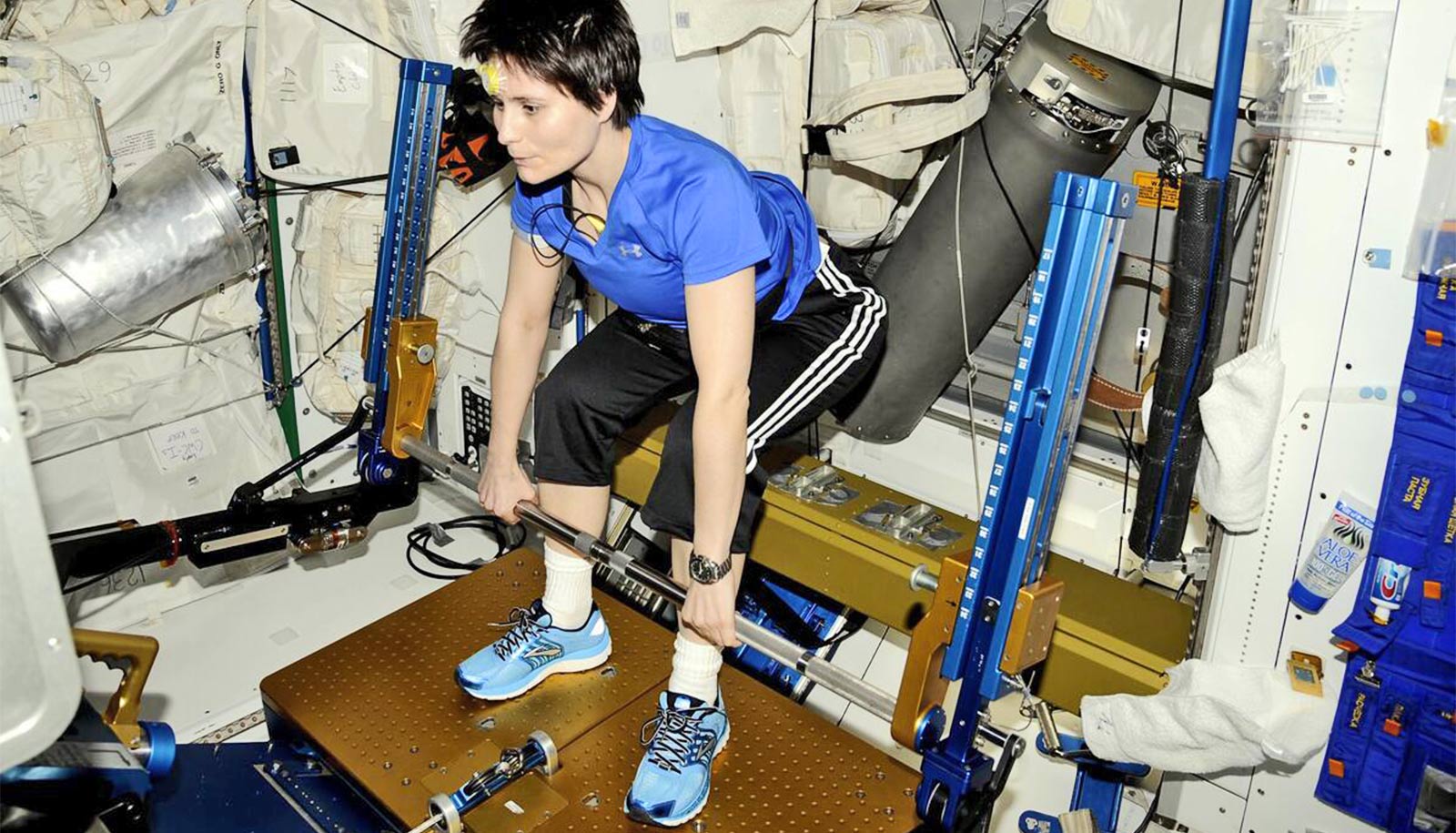A total eclipse of the sun will be visible across the continental United States on Monday. Your next chance to see such an event in the US won’t occur until April 8, 2024.
Solar eclipses occur during the new moon, when the moon is directly between the Earth and sun, causing the disk of the moon to partially or totally cover the disk of the sun. In the US, the path of the total eclipse will sweep from the Oregon coast at 10:17 am PDT to the South Carolina coast at 2:47 EDT. This is the first coast-to-coast solar eclipse in the US in nearly a century.
1. It’s a rare chance for astronomers
Scientifically, the eclipse will provide important data to astronomers, such as those who study energy transmission in the outer layers of stars, says Caty Pilachowski, chair in the astronomy department at Indiana University Bloomington.
“During this eclipse, the moon will appear about 3 percent larger than the sun, which means astronomers will be able to see the flare of the sun’s corona down to about 15,000 miles above the sun’s brilliant disk, called the photosphere,” Pilachowski says.
“This event will provide a special opportunity to study the region where the corona is heated to millions of degrees Fahrenheit, as compared to the relatively ‘cooler’ temperatures of 10,000 degrees Fahrenheit in the sun’s lower atmosphere.”
2. Our ancestors might have felt awe-struck
Eclipses provide a chance for modern people to re-connect with their ancient ancestors’ awe of the sky, says Gregg Williams, an adjunct astronomy instructor at Indiana University Northwest and director of the Merrillville Community Planetarium.
“Besides checking the weather, most people give only a passing glance to the sky,” Williams says. “By contrast, ancient people felt a connection to the heavens since they depended on the sun and stars to tell time and mark their calendars.
“Many people who observe a total eclipse of the sun report experiencing a sense of awe bordering on the spiritual. This response is probably very similar to the emotions our ancient ancestors felt as they saw the sun, upon which our planet depends for light and heat, temporarily blotted from view.”
Eclipses are a chance to reflect upon humanity’s progress, adds Patrick Motl, an associate professor of physics and associate dean in the School of Science at Indiana University Kokomo.
He notes that some of the first people to predict eclipses were ancient Mayans, who took measurements over hundreds of years. Later, eclipses helped confirm Einstein’s theory of relativity by revealing that the position of stars shifts slightly as their light passed by the sun due to the bending of space-time.
3. This hasn’t happened since 1918
Eclipse are rare events for two reasons: the size of the moon’s shadow, which is only about 70 miles wide, and the 5-degree tilt of the moon’s orbit, which causes it to rarely line up between the sun and the Earth, says Motl, who is also director of the IU Kokomo Observatory.
Try these activities to teach kids about the eclipse
“On average, any given spot on Earth will only see a total solar eclipse every 375 years, creating a small but loyal community of ‘eclipse-watchers’ who travel the world to chase the phenomenon,” Motl says. “The last total solar eclipse in the US, which was only visible in parts of the Pacific Northwest, took place in 1979. A coast-to-coast eclipse hasn’t occurred in the US since June 1918.”
4. Sunglasses won’t cut it
Arthur Bradley, professor in the School of Optometry, says it’s crucial people are aware of the dangers of looking at the sun without protection.
“The only safe way to view a partial solar eclipse is using special solar filters, such as ‘eclipse glasses,’ or hand-held solar viewers,” Bradley says. “Looking at the sun without proper equipment will damage the fovea, the most important part of the retina. Often people aren’t even aware of the damage since the retina lacks pain receptors.”
To safely view the eclipse, Bradley recommends using a solar viewer from one of five manufacturers found to meet international eye safety standards by the American Astronomical Society. He also warns that no one should ever attempt to view an eclipse using sunglasses.
Source: Indiana University



